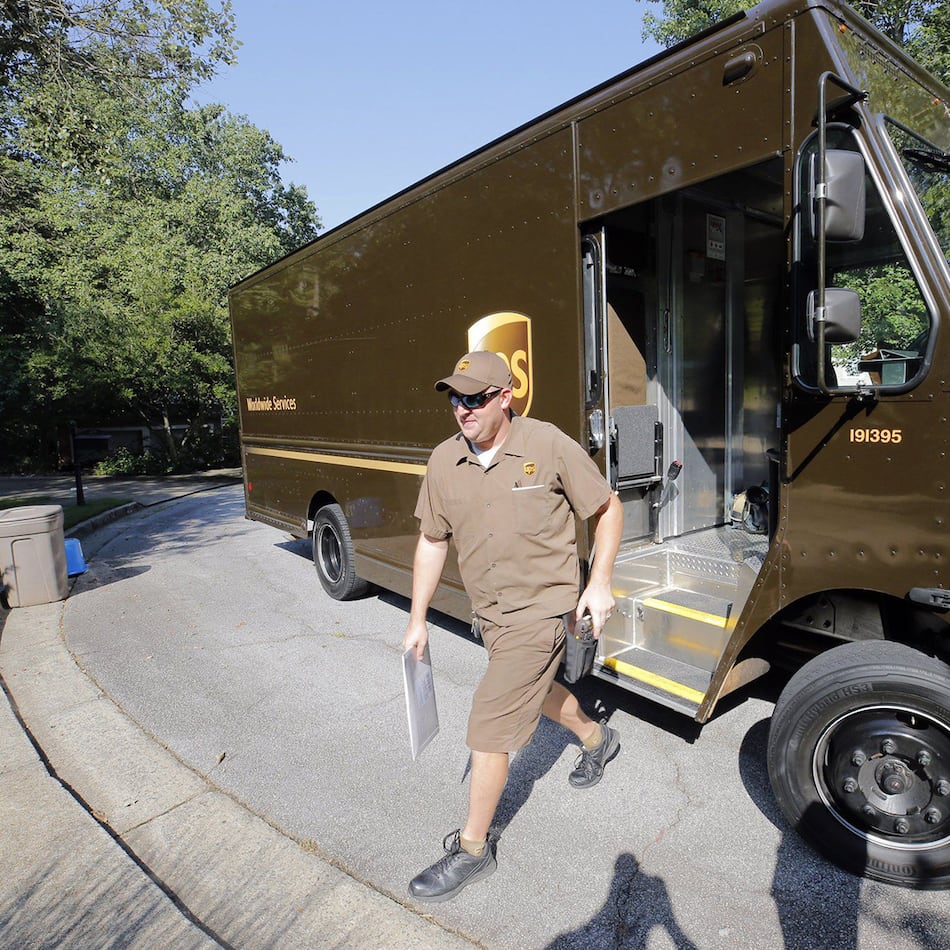“When I was in college a professor told me that artists can’t be environmentalists, and that stuck with me because it’s not true. I think we can be both,” asserted Lisa Watson, whose traveling exhibition “Avant Gardener” debuts this Friday at Sulfur Studios in Savannah’s Starland District.
The show focuses on rare native and imperiled plant species and emphasizes how habitat loss, chemical spraying, invasive plants, sea level rise and poaching have all taken their toll to transform native landscapes into vast swaths of unsustainable land.
Watson’s interest in the intersection of art and environmentalism began at Columbus College of Art & Design. Like a lot of students she struggled with affording required art supplies. She took things into her own hands when she began dumpster diving to find discarded wood, paper and other items to re-purpose into her work.
Watson found that using these cast-off materials was more than exercise in creative economics but also a valuable way to re-use scraps and keep them from going into landfills.
After college, she headed to Los Angeles and worked as commercial scenic, styling sets for a range of live and recorded productions. In each job she found ways to weave repurposed materials into her set designs. Also in Southern California, Watson began learning about native plants, especially drought tolerant ones that some landscapers were using in xeriscaping the region’s dry climate.
Credit: Josephine Johnson / For Do Savannah
Credit: Josephine Johnson / For Do Savannah
When she finally landed in Savannah, Watson united her art skills and burgeoning plant knowledge to launch “Plan It Green” her own art and sustainable design business that’s been growing since 2008.
In many ways “Avant Gardener” is culmination of Watson’s life’s work to date. And she’s seeing the influence of her environmental focus playing out in the lives of people and landscapes near and far.
“This is the most heartfelt show I’ve ever done largely because of all the collaboration with different artists and biologists. My 2020 show with The Studios of Key West closed early due to COVID, but I was awarded a residency with them February of this year," she said.
"On my way to Key West this year, Ranger Kristie Killam at National Key Deer Refuge invited me to see the work they’d done planting native plants and eradicating invasive plant species. She had been a speaker at the opening of my Key West show and took a lot of the information I presented in my art talk and directly applied that to the refuge. It was amazing to see and a feeling bigger than gratitude to experience.”
Credit: Courtesy of the artist
Credit: Courtesy of the artist
One work in the exhibition is “Semaphore Still Standing,” a four-part hand painted linoleum print series of an endangered semaphore cactus. The species, found only in the Florida Keys, faces severe threat of extinction due to climate change. Because oceans are warming, sea level rise is swiftly washing away the cactus’s habitat.
Each of the four panels consists of re-purposed cardboard with green cactus in the foreground atop a range of different pastel-colored backgrounds. The thorns are conveyed with cut up security envelopes. The top left panel is free of water, but in each consecutive one, water creeps in around the base of the cactus hinting at the rising sea that soon may engulf it.
In another painting “Venus Flytrap,” again on repurposed cardboard, Watson presents a collection of Venus flytrap plants, a species considered vulnerable but currently up for a federal endangered listing. In the wild, Venus flytraps are only found in a handful of places in North and South Carolina. Poaching and habitat loss due to human sprawl are the biggest threats this plant faces. In Watson’s painting, the curve of a bridge encroaches in the top right corner.
Credit: Courtesy of the artist
Credit: Courtesy of the artist
Watson believes that by making art from as much as 90% repurposed materials and by making rare and imperiled plants the subject of that art, she has the power and tools to preserve these species, which in turn help preserve us.
The Coontie cycad is one plant she’s particularly fond of, and it shows up frequently in her work. Beginning in 1825, the Coontie, native to South Florida, was harvested from the wild for the starch in its root. By the second decade of the 20th century, the cycad was gone.
“In the 1960s a small population of Coontie cycads were found again along with the Atala Hairstreak butterfly. The larva of this butterfly is only found on this plant,” emphasized Watson. “Since then, people have worked to re-establish the Coontie which supports the butterfly and now there are more Atala Hairstreaks. Though the plant is still listed as commercially exploited, it isn’t extinct. It’s definitely the comeback kid story I like to share in my art talks.”
Credit: Courtesy of the artist
Credit: Courtesy of the artist
After its run in Savannah, the show travels to Coastal Discovery Museum on Hilton Head Island for two-and-a-half months and then on to Statesboro where Watson’s vivid multi-media imperiled plant paintings will be on display for two months in the spring at the Averitt Center for the Arts.
This article originally appeared on Savannah Morning News: With 'Avant Gardener,' Savannah artist Lisa Watson is saving the environment through art
MEET OUR PARTNER
Today’s story comes from our partner, Savannah Morning News. Savannah Morning News provides daily news coverage on Coastal Georgia. Visit them at savannahnow.com or on Twitter @SavannahNow.
If you have any feedback or questions about our partnerships, you can contact Senior Manager of Partnerships Nicole Williams via email at nicole.williams@ajc.com.
The Latest
Featured






